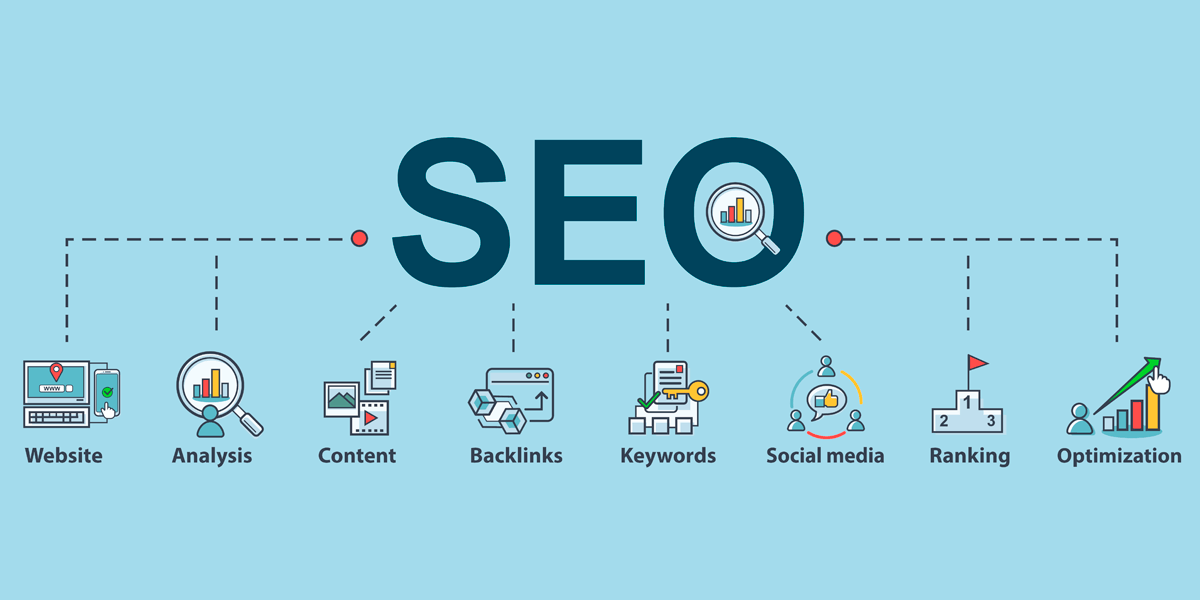Exploring What Is Ruled Out a Default Medium in Google Analytics for SEO
Exploring What Is Ruled Out a Default Medium in Google Analytics for SEO
Blog Article
Revealing the Unconventional Mediums in Google Analytics Beyond Default Setups
In the realm of digital analytics, Google Analytics stands as a foundation for organizations seeking to understand their on the internet visibility. While default setups offer important insights, real deepness of recognizing lies in discovering the unconventional mediums that frequently go unnoticed. By venturing beyond the surface area and delving right into the intricacies of social media sites information, email campaign efficiency, recommendation web traffic sources, straight website traffic patterns, and custom-made network collections, a gold mine of information awaits those ready to embrace a more nuanced approach. However, what lies under these unusual mediums may just redefine how businesses view and strategize their on the internet initiatives.

Leveraging Social Media Site Insights
Periodically overlooked, yet exceptionally valuable, is the method of leveraging social media insights within the world of Google Analytics. By incorporating information from platforms like Facebook, Twitter, Instagram, and LinkedIn right into Google Analytics, companies can obtain a deeper understanding of their target market and the performance of their social networks projects.
With this assimilation, marketers can track and examine customer behavior on their web site that originates from social media systems. They can recognize which social media networks are driving one of the most traffic, which material is resonating with the audience, and which projects are converting one of the most leads. This insight permits data-driven choices to enhance social media sites methods and boost total advertising efficiency.
Additionally, by combining social media sites understandings with Google Analytics, businesses can develop much more targeted and individualized campaigns - what is not considered a default medium in google analytics. They can utilize group info, interests, and on the internet behaviors collected from social media sites to fine-tune their target market division and provide customized messages that resonate with particular consumer teams. This targeted strategy can cause higher interaction, increased conversions, and ultimately, enhanced return on financial investment
Discovering Email Project Efficiency
Revealing Email Project Efficiency involves examining essential metrics and efficiency indications to examine the performance of email advertising efforts. When diving right into email campaign efficiency, it is critical to evaluate metrics such as open prices, click-through prices, conversion prices, and unsubscribe prices. Open prices indicate the percentage of recipients who opened the e-mail, providing understanding into the effectiveness of subject lines and sender names. Click-through prices determine the percentage of receivers that clicked on web links within the email, showing involvement levels. Conversion rates track the portion of receivers who completed a wanted activity after clicking on a web link in the e-mail, such as signing or making a purchase up for an e-newsletter. Lastly, unsubscribe prices highlight the variety of recipients that decided out of obtaining additional emails, clarifying email content top quality and importance. By analyzing these metrics, marketing experts can fine-tune their e-mail campaigns for better interaction and efficiency.
Studying Referral Website Traffic Sources
After reviewing the efficiency of e-mail projects via vital metrics such as open prices and conversion rates, the next essential step is assessing referral traffic resources in Google Analytics to understand where internet site site visitors are coming from and just how they engage with the site. Reference web traffic sources refer to the websites that direct users to your site through clickable web links. By delving right into this data, companies can gain insights into which exterior platforms are driving traffic to their site, whether it be social networks systems, companion sites, or on-line directory sites.
Assessing recommendation website traffic can provide beneficial details on the efficiency of outside marketing efforts and collaborations. It assists companies identify high-performing reference resources that contribute considerably to website web traffic and conversions. Additionally, by understanding the actions of site visitors coming from various recommendation sources, organizations can tailor their marketing methods to enhance involvement and conversions. Google Analytics offers thorough reports on reference traffic, permitting companies to track the efficiency of each referral resource properly and make these details data-driven decisions to boost their online existence.
Exploring Direct Web Traffic Patterns
Checking out the straight website traffic patterns in Google Analytics gives valuable insights into user behavior and the effectiveness of campaigns - what is not considered a default medium in google analytics. Direct traffic refers to visitors that land on a website by directly typing the link right into their internet browser, making use of book marks, or clicking untagged web links. Comprehending straight website traffic patterns can aid marketing experts review the influence of offline advertising and marketing initiatives, brand recognition, and the effectiveness of word-of-mouth referrals
By diving right into direct traffic data, businesses can reveal critical details about customer intent and brand name commitment. Analyzing the actions of direct site visitors, such as the pages they check out, the time spent on site, and the conversion price, can give a deeper understanding of user involvement and the general efficiency of the website in transforming visitors into consumers.
Additionally, tracking direct website traffic patterns look at here now gradually allows organizations to determine trends, seasonality results, and the success of particular projects or promos in driving direct brows through. This info can after that be utilized to refine advertising techniques, maximize site web content, and improve the total individual experience to make the most of conversions.
Making Use Of Custom-made Network Groupings
Using personalized channel groups in Google Analytics allows services to classify and evaluate their internet site traffic based upon details criteria, giving valuable understandings for maximizing marketing methods. Custom channel collections make it possible for companies to produce their very own customized groupings of web traffic resources, such as social media, organic search, email projects, and reference traffic. By defining these collections, organizations can gain a deeper understanding of exactly how various advertising and marketing networks add to their website traffic and conversions.
This function is especially valuable for businesses with diverse marketing techniques across different systems. For instance, a firm running both paid and natural social media sites projects can set apart in between both to assess their individual performance accurately. In addition, custom network groups can aid recognize any type of ignored or undervalued web traffic sources that may be driving valuable involvement.
Verdict

By venturing beyond the surface and diving right into the intricacies of social media data, e-mail project performance, recommendation website traffic resources, direct web traffic patterns, and personalized network groupings, a treasure trove of details waits for those willing to accept a much more nuanced strategy. They can identify which social media channels are driving the most traffic, which material is reverberating with the target market, and which projects are transforming the most leads.After evaluating the performance of email campaigns with crucial metrics such as open prices and conversion prices, the following crucial step is evaluating recommendation web traffic resources in Google Analytics to recognize where internet site site visitors are coming from and just how they interact with the site. Custom channel groupings enable companies to create their own customized groupings of traffic sources, such as social media, organic search, e-mail projects, and reference website traffic. By leveraging social media understandings, discovering email project performance, evaluating referral traffic resources, checking out straight website traffic patterns, and using personalized channel groupings, marketers can get useful insights right into their on the internet existence.
Report this page